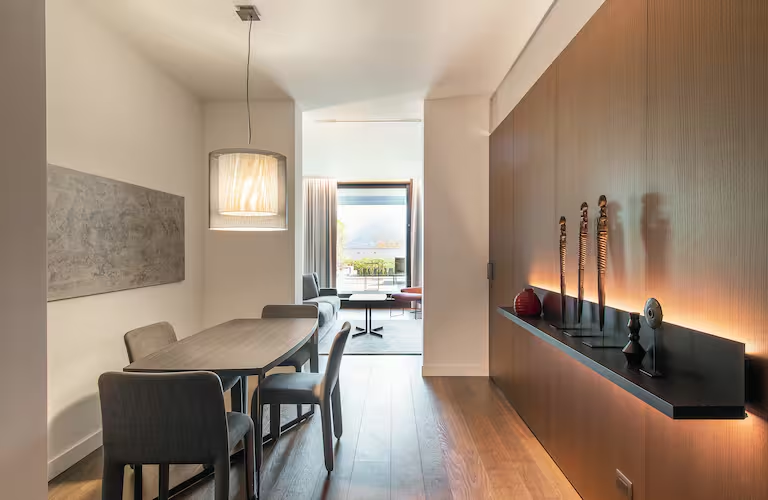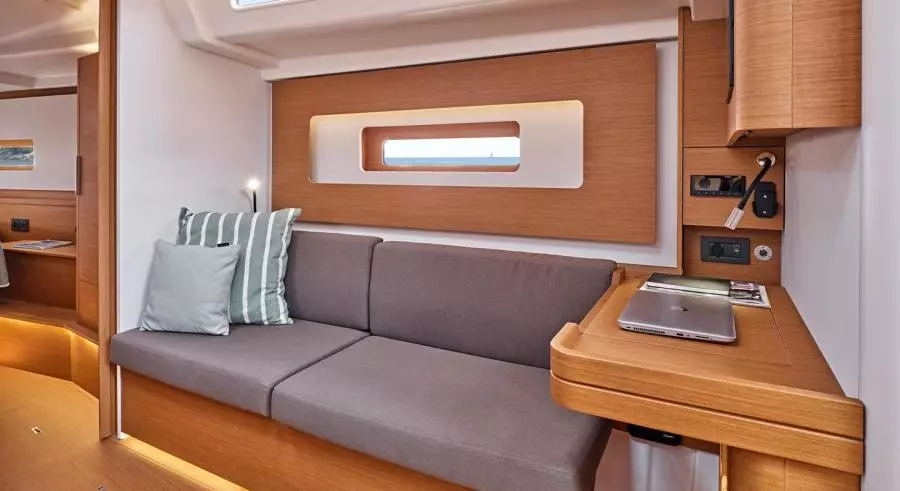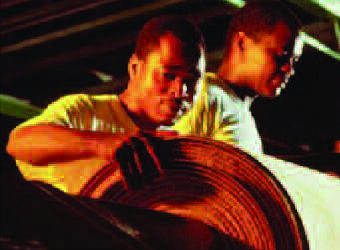What does your BENETEAU Yacht and the Hilton Lake Como in Italy have in common?
The ALPI woodwork, of course…


ALPI transforms natural wood into countless finishes and patterns through a specialized process. The wood is sliced, dyed through immersion, and then reassembled into new logs, allowing for an endless variety of unique designs
The ALPI Process in BENETEAU Yachts
BENETEAU began integrating the ALPI process as a standard feature in their yachts with the 2006/2007 Oceanis series, including models like the Oceanis 31, 34, 37, 40, 43, 46, 49/50, 54, and 58. Today, this advanced wood veneer technology is employed across all of BENETEAU’s series, including Oceanis, Oceanis Yacht, First, and Sense.
How the ALPI Process Works
1. Sustainable Tree Selection:
It all starts in Africa, where trees are selected and harvested under sustainable forest management practices.
2. Veneer Preparation:
The logs are peeled to create 6/10 millimeter thick veneers, which are then classified by quality. These initial steps take place on-site in the country of origin. The dried veneer sheets are subsequently shipped to Italy for further processing.

3. Initial Treatment:
In Italy, the veneer sheets are first treated in a bath to achieve a consistent, uniform color.
4. Color & Protection:
The veneers undergo a second immersion to achieve the desired color, which also locks in UV-resistant pigments. A fungicide treatment is added at this stage to enhance durability.
5. Heat & Texturing:
The sheets are then heat-treated, glued, and stacked to create a specific texture. The stacking pattern determines the final finish, whether it’s a smooth “grain” texture or an undulating “slab” effect.
6. Shaping the Veneer:
The block is sliced at an angle to create a veneer sheet with a chosen texture. This sliced veneer is not only stained throughout but also highly impact-resistant due to the glue and compaction.
7. Double-Slicing Technique:
To further enhance the veneer’s impact resistance and appearance, the sliced sheets can be reassembled into a block and sliced again—a method known as double-slicing.
8. Quality Control:
Each veneer sheet undergoes meticulous quality checks, focusing on stain consistency, geometry, grain, and thickness.
9. Final Veneering:
The completed sheets are sent to panel manufacturers, where they are re-veneered onto marine-grade plywood (panel size 3.10m x 1.53m).
These premium panels are the foundation of BENETEAU’s high-end yacht furnishings, ensuring a luxurious and durable finish that stands the test of time.
ALPI Woodwork FAQ
Yes. ALPI breaks down and reassembles wood in infinite varieties, finishes and patterns, thanks to a particular process that slices the wood and dyes it by immersion, then recomposing the dyed sheets to create a new log.
ALPI wood interiors are known for their durability and resistance to the challenges of marine environments. ALPI veneers are engineered to be stable, uniform, and highly resistant to UV light, which is crucial for withstanding the harsh conditions on the water.

3 Comments